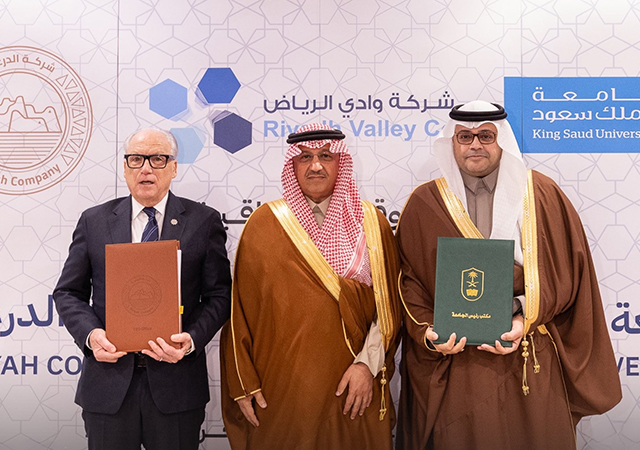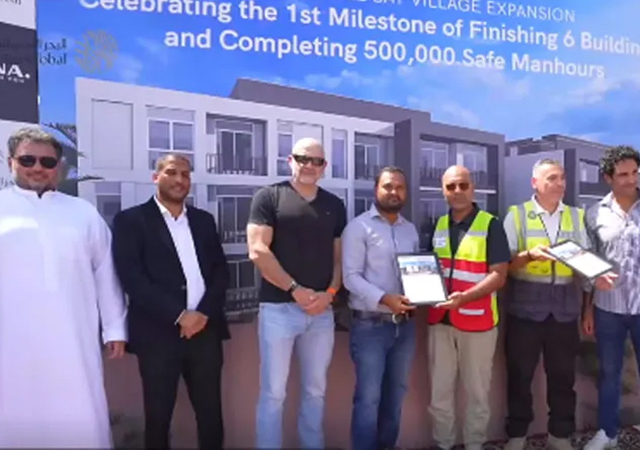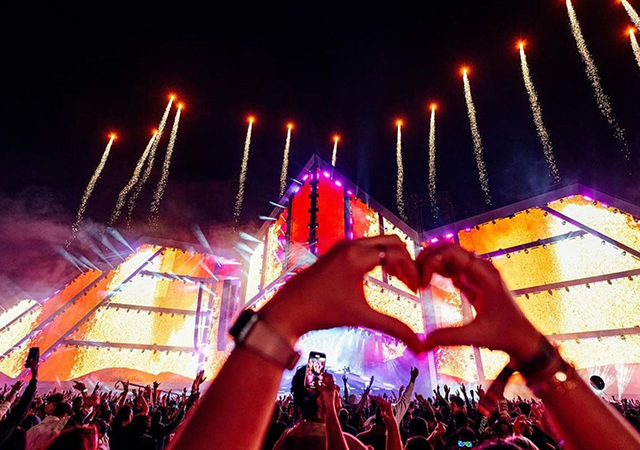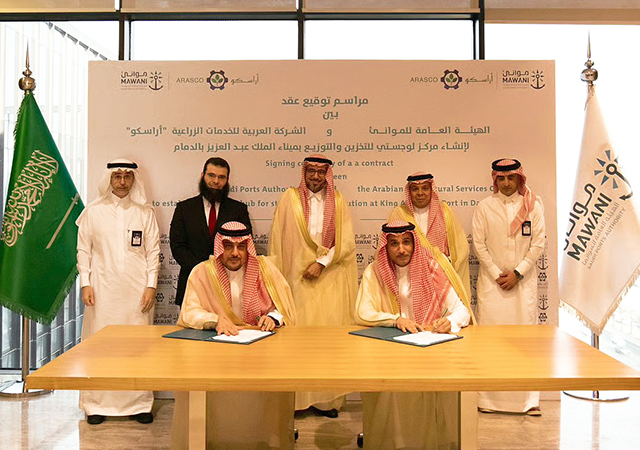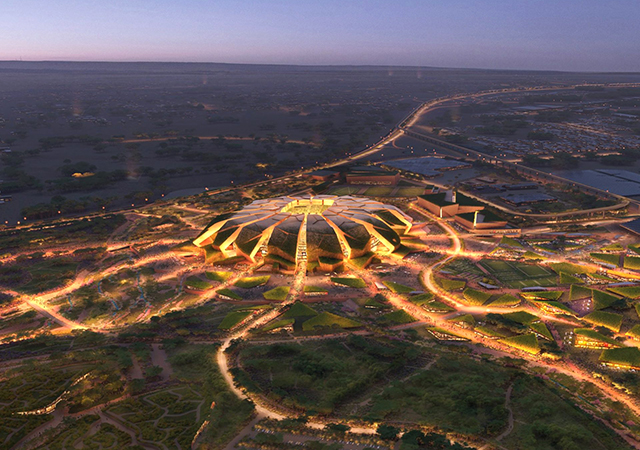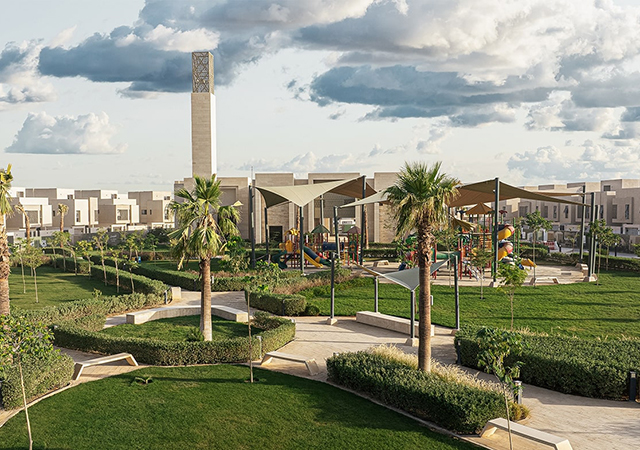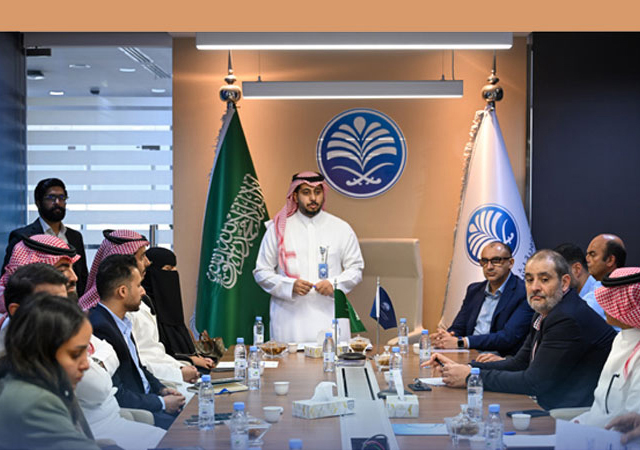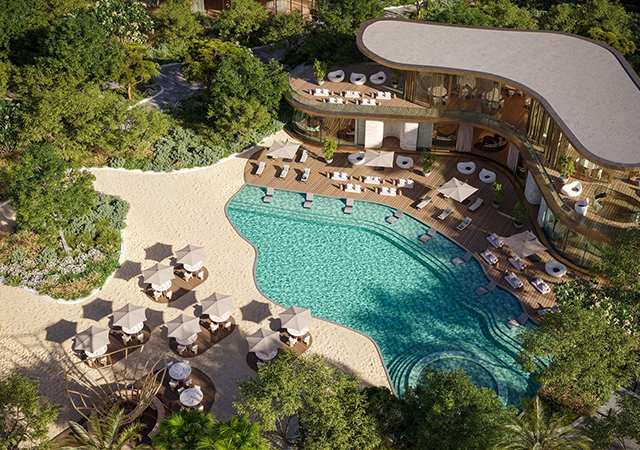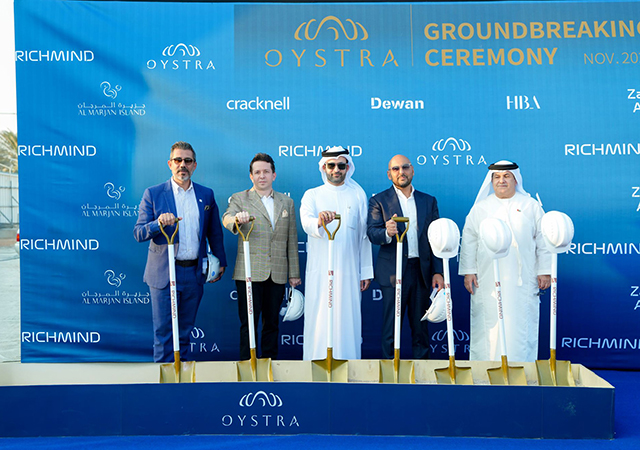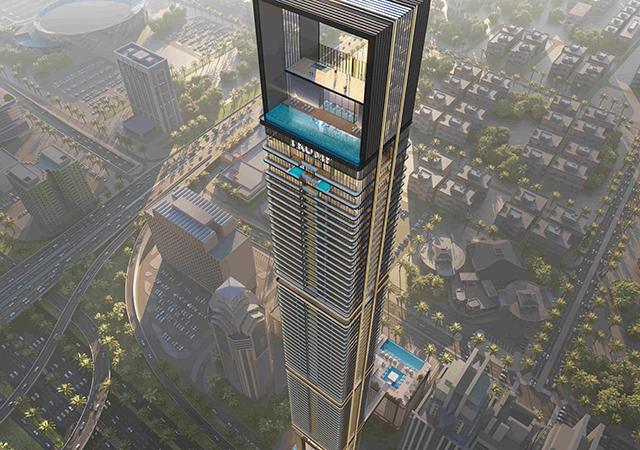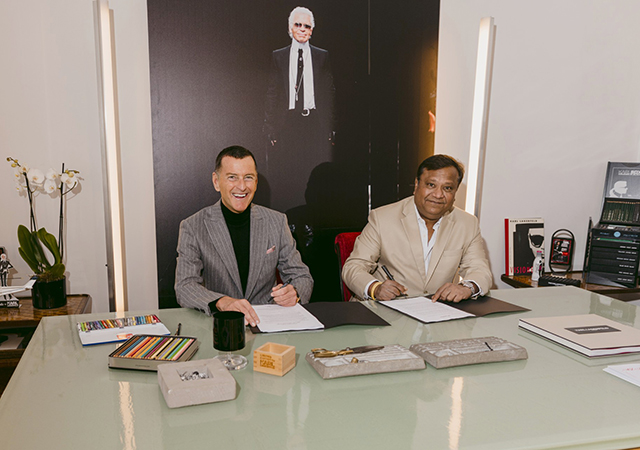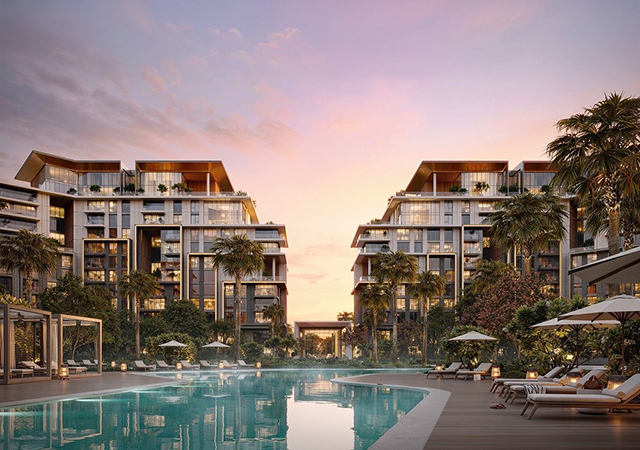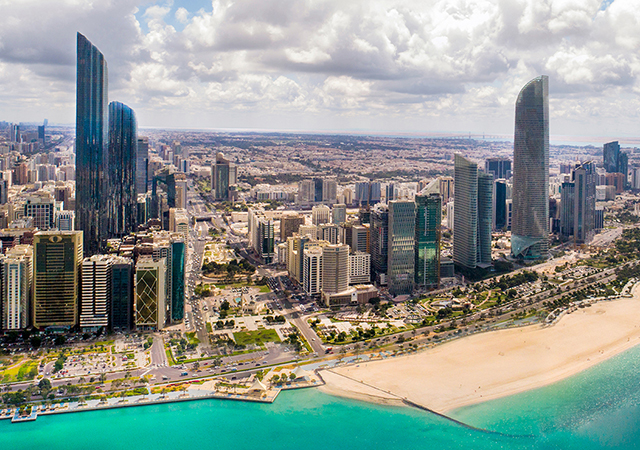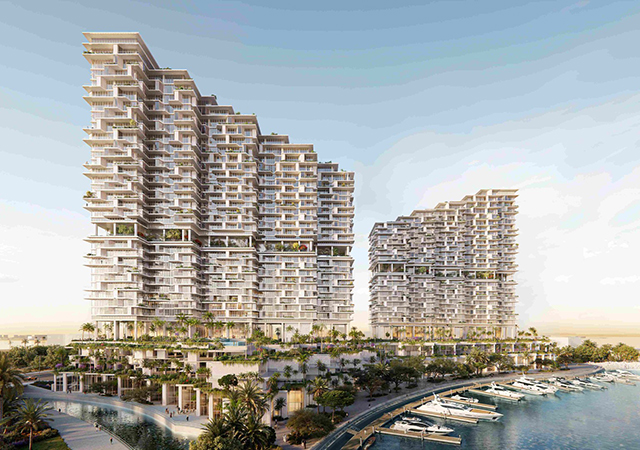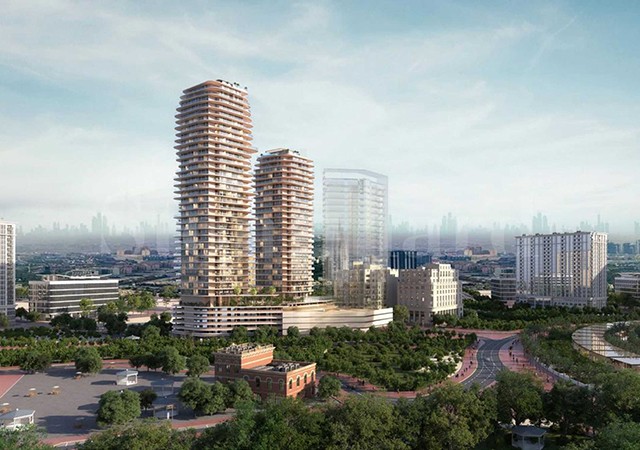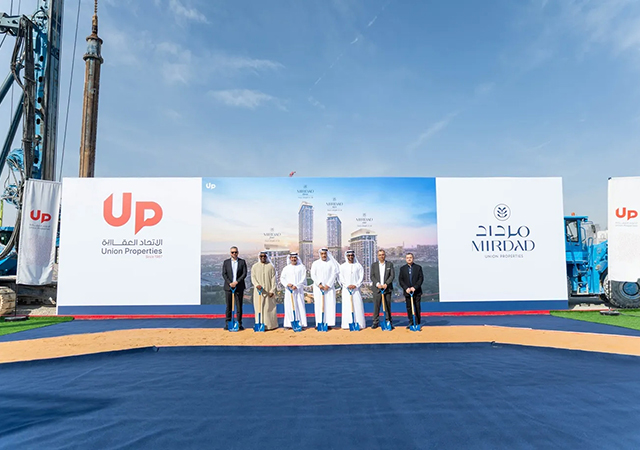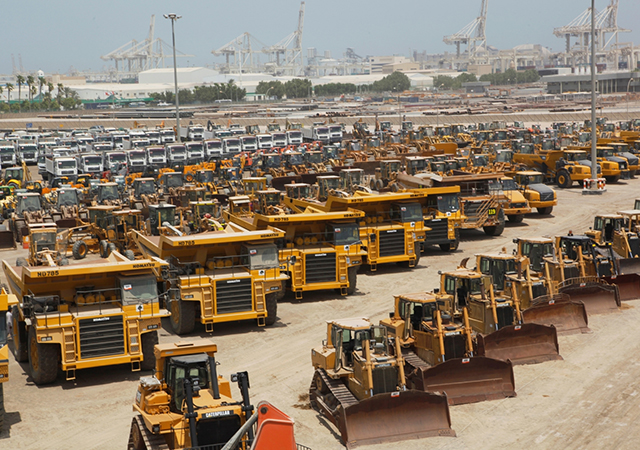 Ease of use ... a moisture-triggered, polyurethane system that is cold applied in liquid form.
Ease of use ... a moisture-triggered, polyurethane system that is cold applied in liquid form.
With fire safety once again becoming a hot topic within the Gulf’s construction industry following the recent fire during the construction of the Fortune Tower in Dubai’s Jumeirah Lake Towers area, Liquid Plastics emphasises the advantages of its zero-flame, zero-heat application, which also meet the highest fire-retardant standards once installed.
“The casualties caused by fires such as that at the Fortune Tower are wholly unacceptable and every possible step should be taken to ensure new buildings are constructed using the safest and most modern methods available,” says a spokesman for the UK-based manufacturer of quality seamless roof protection systems.
“All buildings in the UAE must adhere to the Fire Protection Federal Law for 1991, with other international standards – such as those from the NFPA (National Fire Protection Association) – also being recognised. In order to conform, fire safety and protection measures should be considered at the design stage, where it is the responsibility of the architects and developers to consider what safety measures should be put in place and which fire-resistant building materials to use. In addition, it is important to give thought to the application methods of the chosen building materials, including the roof waterproofing systems,” he comments.
Traditional systems
“Traditional methods of applying roofing systems often require temperatures in excess of 500 deg C to 800 deg C using gas torches, and hot air or hot gas guns. These methods have been used for many years, resulting in countless roof fires, occasionally causing severe damage and even the loss of entire buildings. Contractors, building owners and building occupants all suffer at the hands of a roof fire, be it from escalating insurance premiums, loss of property or the more immediate health and safety concerns,” the spokesman adds.
The alternative
Liquid Plastics first introduced its flame-free, heat-free roof waterproofing solution in the UK 21 years ago. Since that time its product – Decothane – has evolved into the top-of-the-range waterproof roof membrane that can be seen today on buildings such as Abu Dhabi airport, Ethiopia’s palace at Bahir Dar, and currently in use on the roof of one of the world’s largest car showrooms in Abu Dhabi, he says.
Decothane is a moisture-triggered, polyurethane system that is cold applied in liquid form, thus eliminating the need for any heat or flame during application. “This makes Decothane completely safe to apply and avoids any risk of fire in contrast to the numerous risks associated with using hot works during a roof application. Furthermore, there is no need to transport heavy machinery up many storeys to the roof area as Decothane can be simply applied straight from the tin,” he says.
Its liquid application also means that Decothane can easily encapsulate detail work and upstands within its seamless, elastomeric membrane without the risk of joints and other weak points that can lead to earlier failure of the waterproofing system. It is also this elasticity that allows Decothane to absorb any structural movement without cracking. All work can be carried out with minimal disruption and without causing any danger to other contractors working on the building.
When applied in solar reflective white, Decothane will reflect damaging ultraviolet (UV) rays from the sun and emit the majority of heat that is usually absorbed. This results in a lower surface temperature on the roof and in turn decreases the amount of heat that is transferred into the building below.
“Ultimately building owners can achieve cost savings through the reduction of energy use that is typically associated with cooling a higher temperature building. As a result, Decothane has earned the Energy Star accreditation from the US Environmental Protection Agency (EPA), a government-backed programme designed to help businesses protect the environment through superior energy efficiency,” the spokesman says.
Sustainable fire protection
He continues: “Brigadier Rashid Thani Al Matroushi, the director of Dubai’s Civil Defence, recently reiterated that the absence of fire protection measures will propagate the spread of fire and increase the scale of loss and threat to a building. With this in mind, it is important to consider the effectiveness of the roof waterproofing as a fire-resistant system that eradicates the risk of fire breaking out once it has been installed.
“Decothane represents the safest and most effective roofing option on the market, not only because of its zero flame, zero heat application, but also, once installed, it meets the highest fire-retardant standards available, including DD ENV 1187:2002 Test Method 1, 2 and 3; and FM (Factory Mutual) approval,” he points out.
Decothane achieves fire resistance by releasing a water vapour blanket under heat, resulting in an endothermic reaction. As a secondary fire retardant reaction, when Decothane comes into contact with heat, the top film will eventually produce a carbonated crystalline coating. The char produced by Decothane during a fire is a non-flammable compound and this will ultimately act as an insulator between the fire and the membrane beneath.
Decothane is also independently certified by the BBA (British Board of Agrément) and has achieved ETA (European Technical Approval) to last at least 10, 15, 20 or 25 years depending upon the system specified.



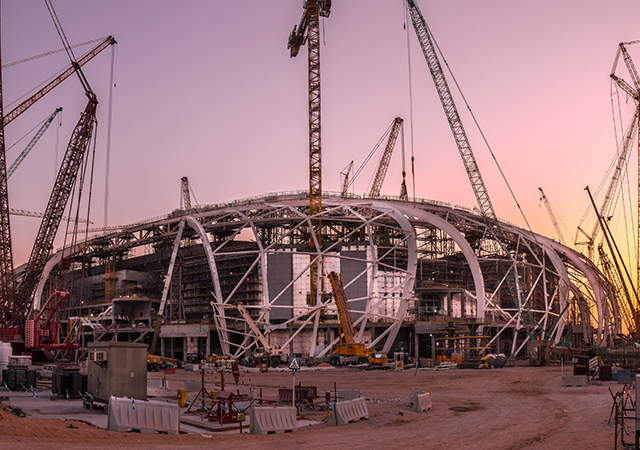
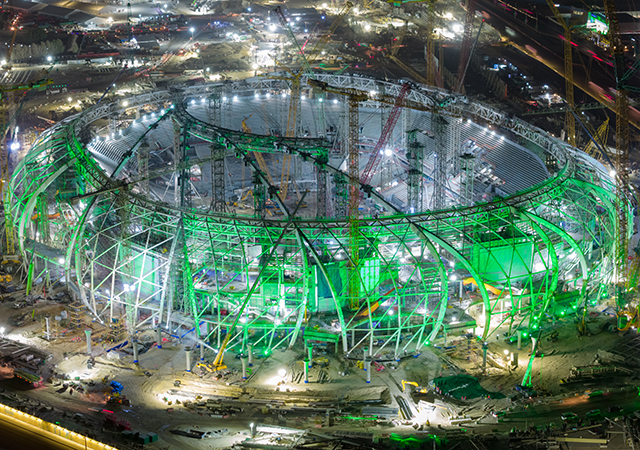
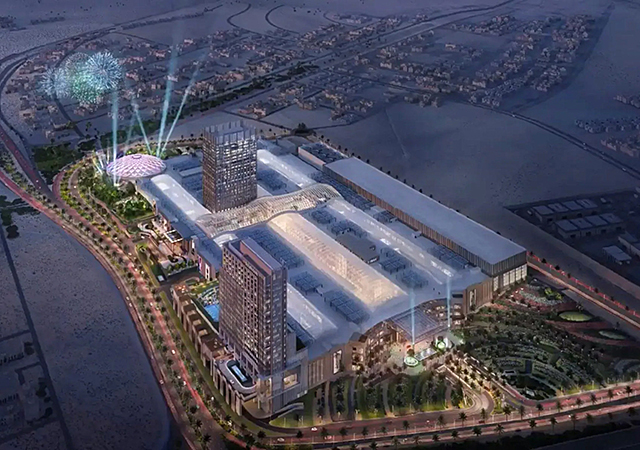
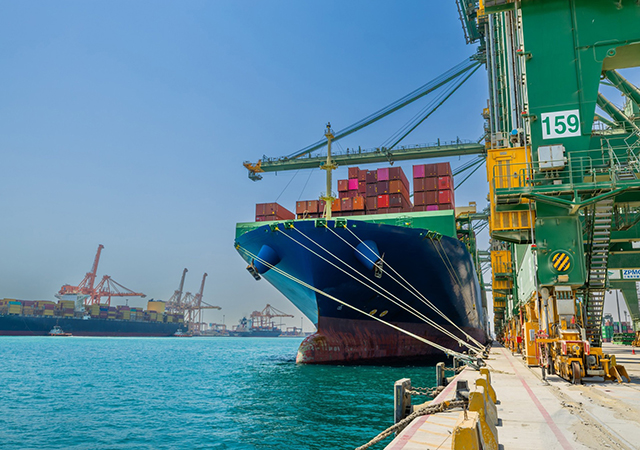
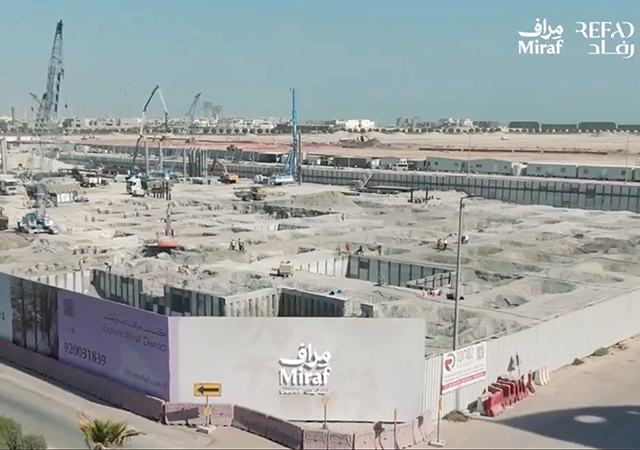
.jpg)
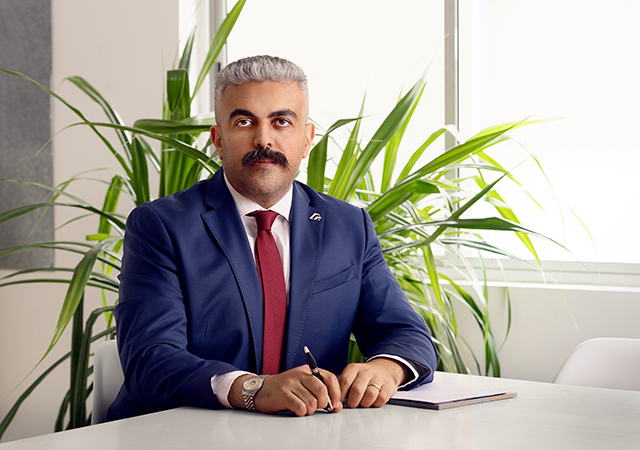


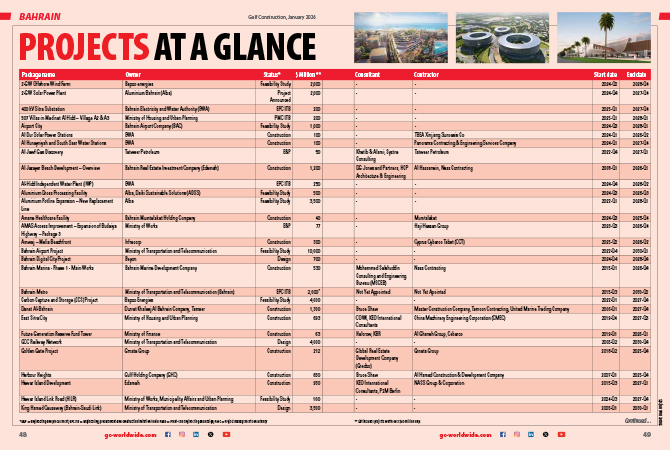
.jpg)
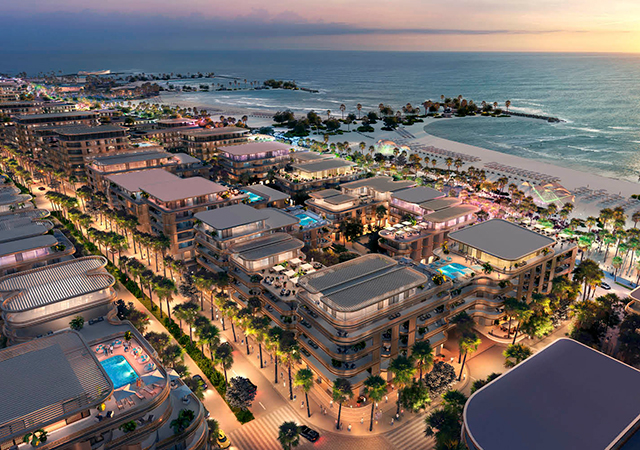
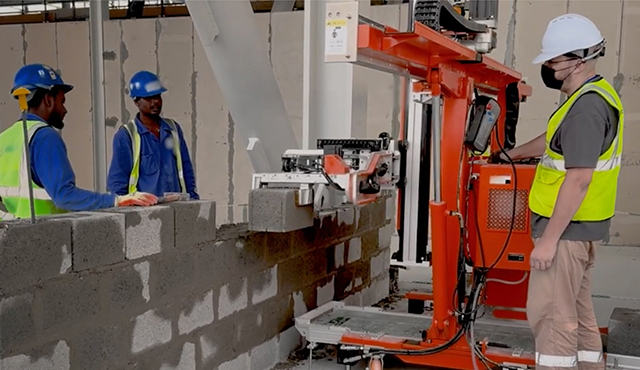
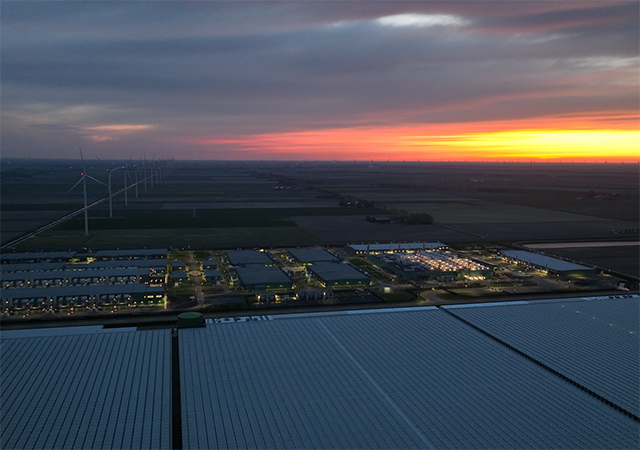
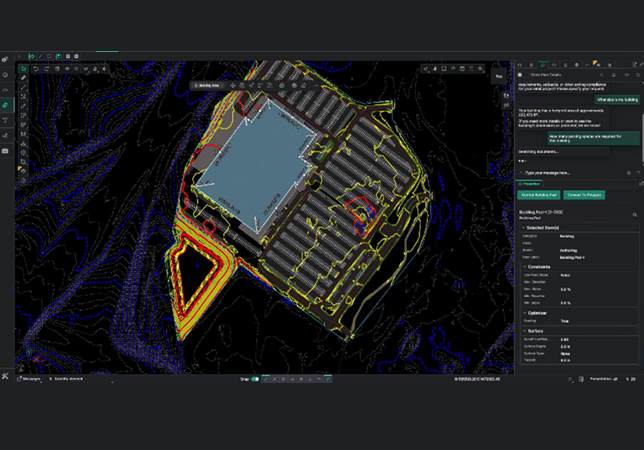
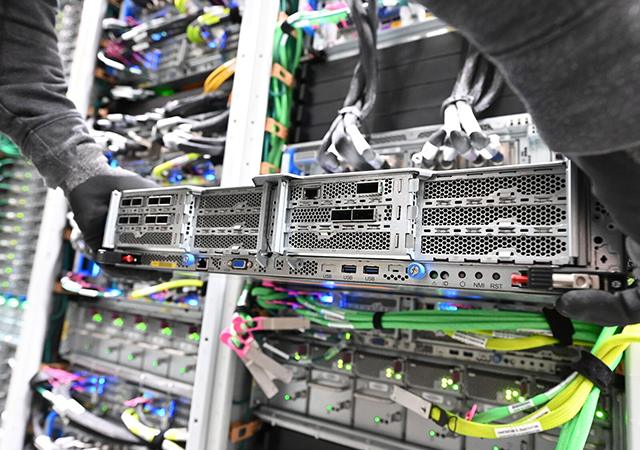
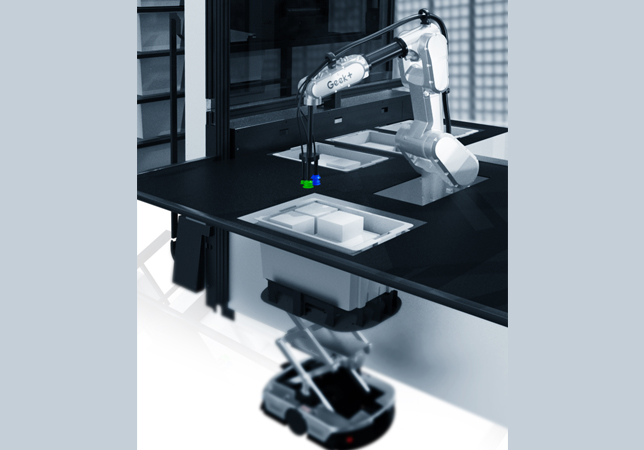

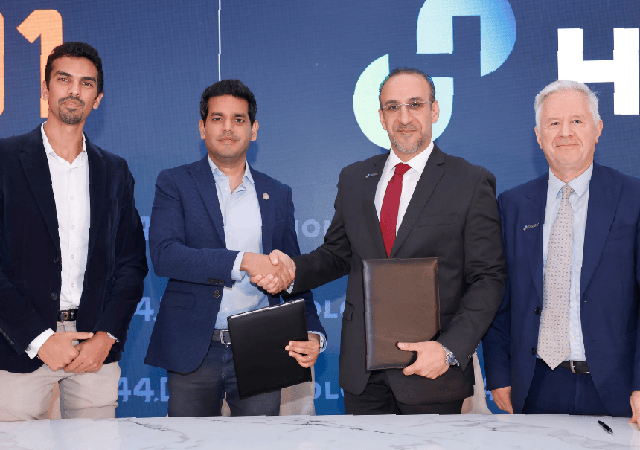
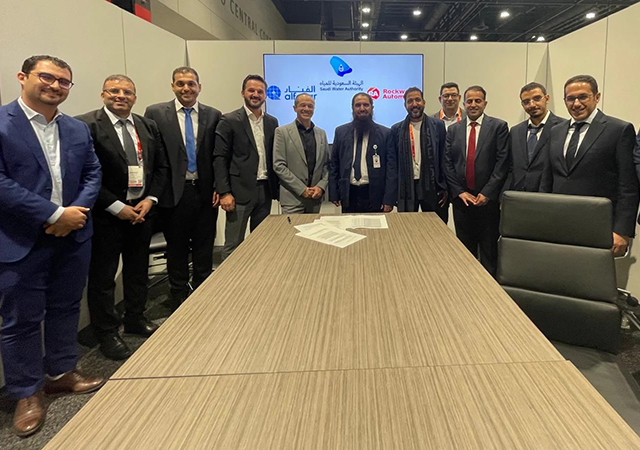

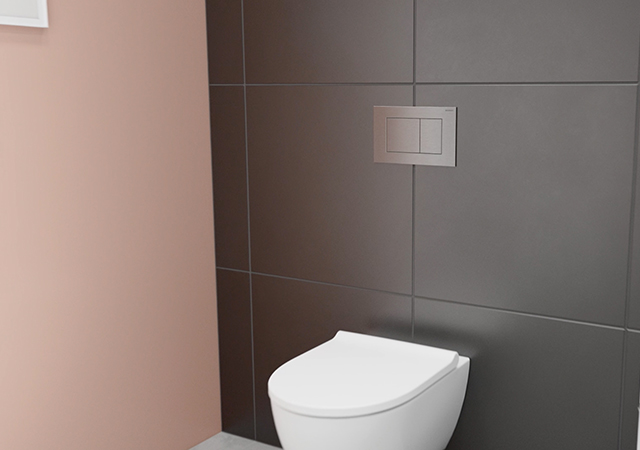
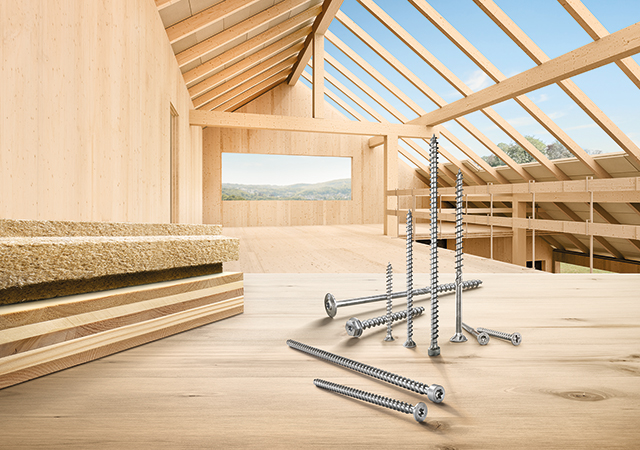
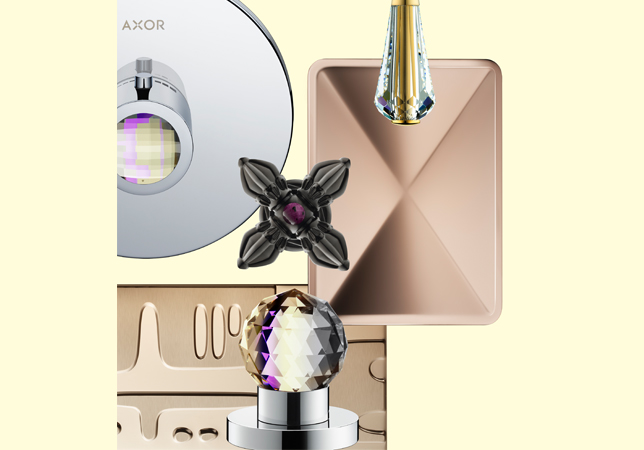

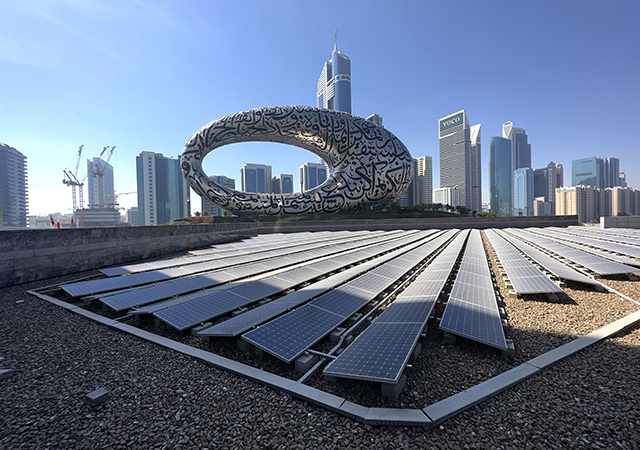
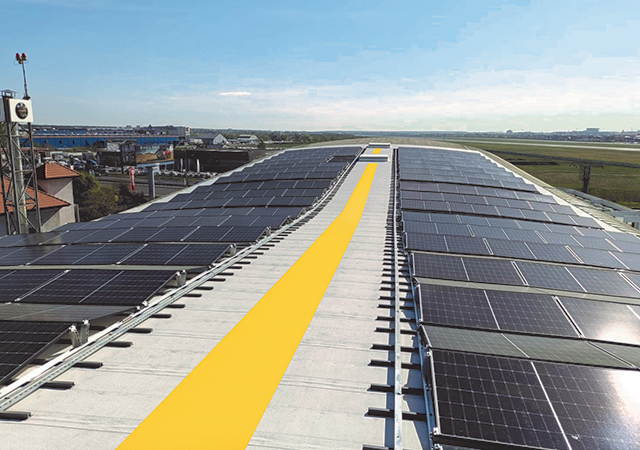
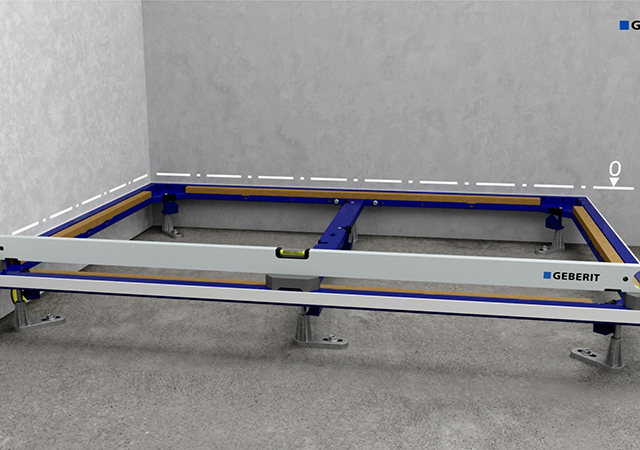
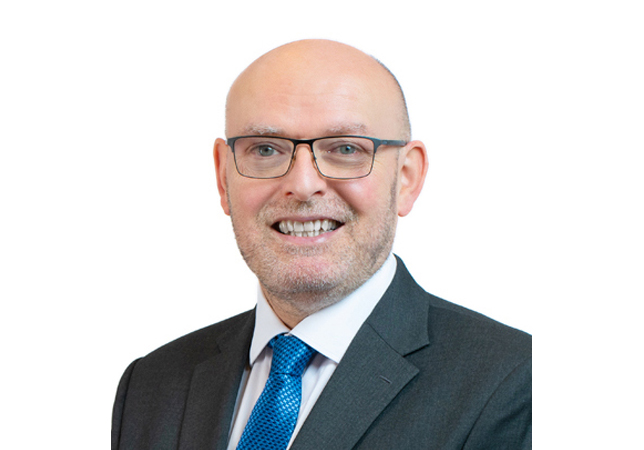
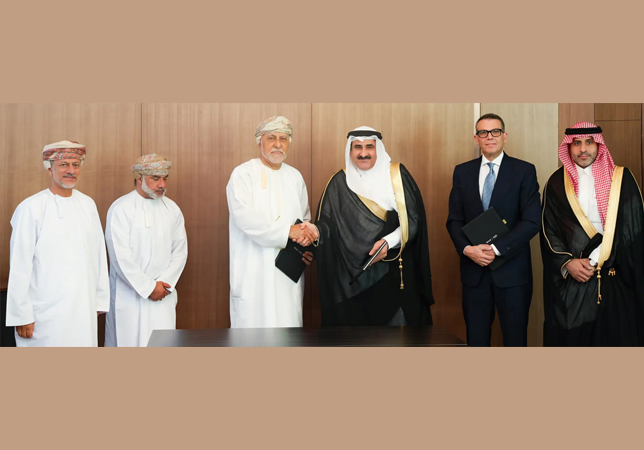
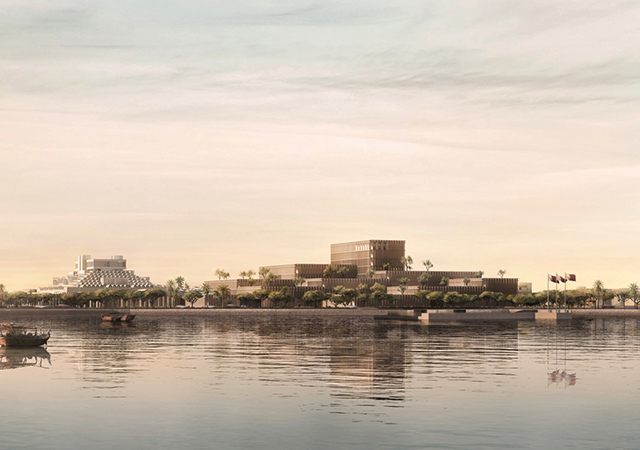
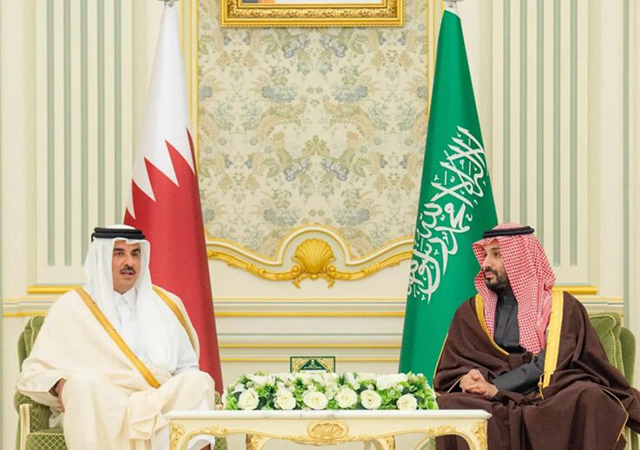


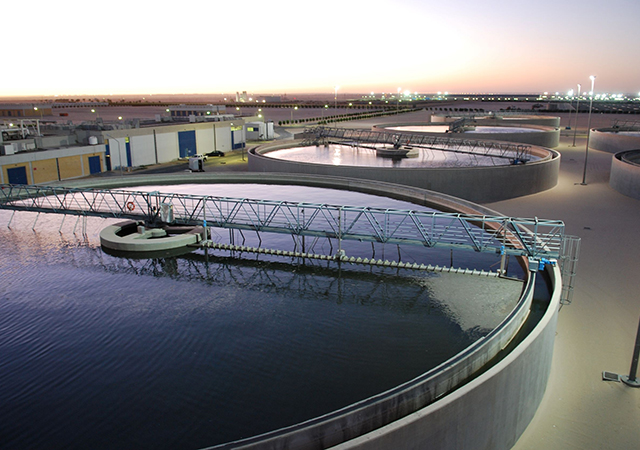
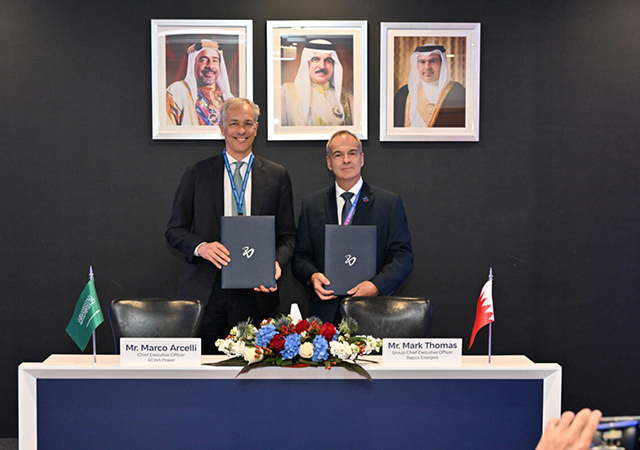

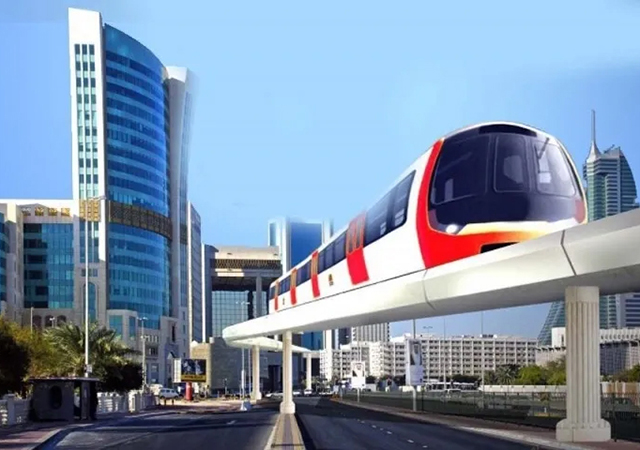
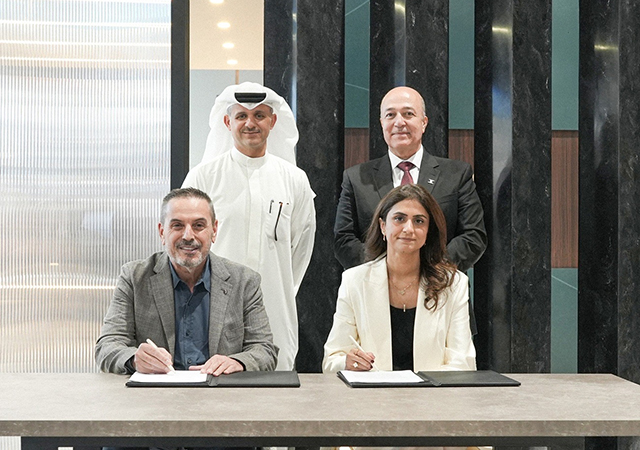
.jpg)
